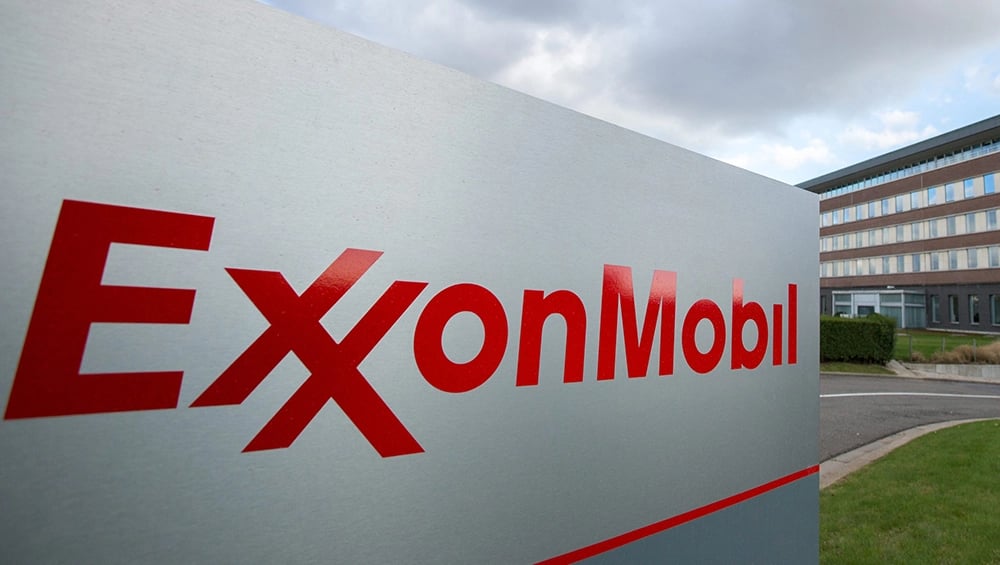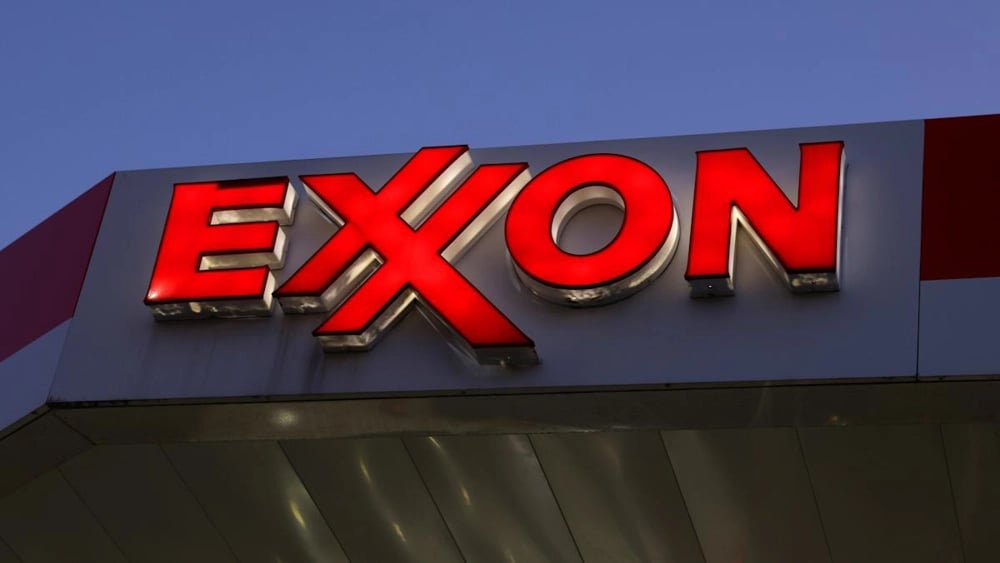Exxon Mobil Maintains Investment Discipline Amid Oil Price Volatility
Exxon Mobil Corp. $XOM has reaffirmed its commitment to its current capital allocation strategy, demonstrating confidence in its operating model even if oil prices retreat to USD 50 per barrel. CEO Darren Woods made this announcement at the company’s annual meeting, referencing robust stress-testing conducted at the end of last year. The exercise modeled scenarios harsher than current market conditions, underscoring Exxon’s ability to maintain investment momentum and uphold shareholder returns without altering its core approach—even with oil futures (WTI) currently trading near USD 65 per barrel.
Strategic Investment for Long-term Value Creation
Woods emphasized that sustainable, differentiated value stems from ongoing investment in profitable expansion and high-return opportunities. Exxon Mobil plans to continue financing new projects, seeking growth avenues that meet internal profitability thresholds, regardless of cyclical shifts in the energy sector.

Stress-Testing Validates Business Resilience
Exxon’s board reviewed the outcomes of comprehensive risk modeling, revealing sufficient financial buffer to support scheduled operational and capital expenditures across a spectrum of adverse economic scenarios. This proactive risk management supports the continuity of both internal reinvestment and external capital returns.
Key Findings Illustrating Exxon Mobil’s Strategy
Commitment to capital allocation remains unchanged even if crude moves to USD 50 per barrel;
Plans involve ongoing investment in growth projects, irrespective of short-term oil market developments;
Shareholder capital returns, including dividends and buybacks, persist as strategic priorities;
Rigorous scenario analysis affirms resilience of the business model under more stringent conditions than at present;
Management signals no immediate need for tactical adjustments given strong balance sheet and project economics.
Exxon Mobil’s steadfast approach signals a shift among major integrated oil companies to anchor capital expenditure policies to structural, rather than cyclical, drivers. This model favors long-term value over reactive strategies, positioning the company to weather market volatility while supporting investor confidence.















Comments